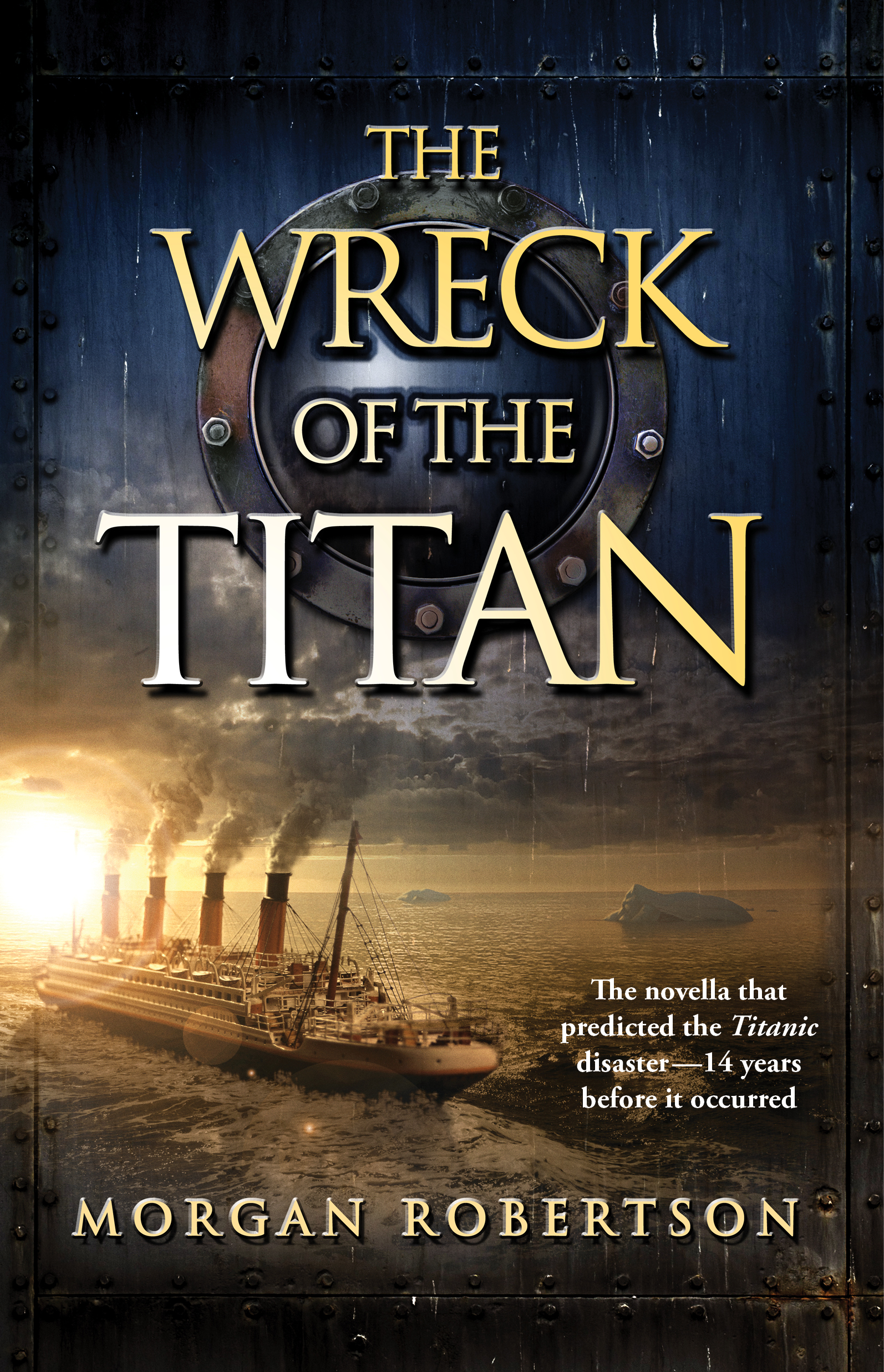
What if we told you about a British ocean liner that was about eight hundred feet long, weighed more than sixty thousand tons, and could carry about three thousand passengers? The ship had a top cruising speed of twenty-four knots, had three propellers, and about twenty lifeboats. What if I told you that this ocean liner hit an iceberg on its maiden voyage in the month of April, tearing an opening in the starboard side, forward portion of the ship, sinking it along with about two thousand passengers? Would you recognize the event from history? You might say, “Hey, that’s the Titanic!” Well, believe it or not, you would be wrong. It’s the Titan, a fictional ship described in Morgan Robertson’s 1898 book called The Wreck of the Titan: or Futility. This book was written fourteen years before the disaster took place, and several years before construction began on the Titanic! (Robertson, WT, website)
Here is the point: just as the fictional account of the Titan does not undermine the reality of the sinking of the Titanic, fictional accounts of dying and rising gods would not undermine the historical reality of the life, death, and resurrection of Jesus. The presence of parallels alone proves nothing about borrowing or the historicity of Jesus.
McDowell, Josh; McDowell, Sean. Evidence That Demands a Verdict: Life-Changing Truth for a Skeptical World.



